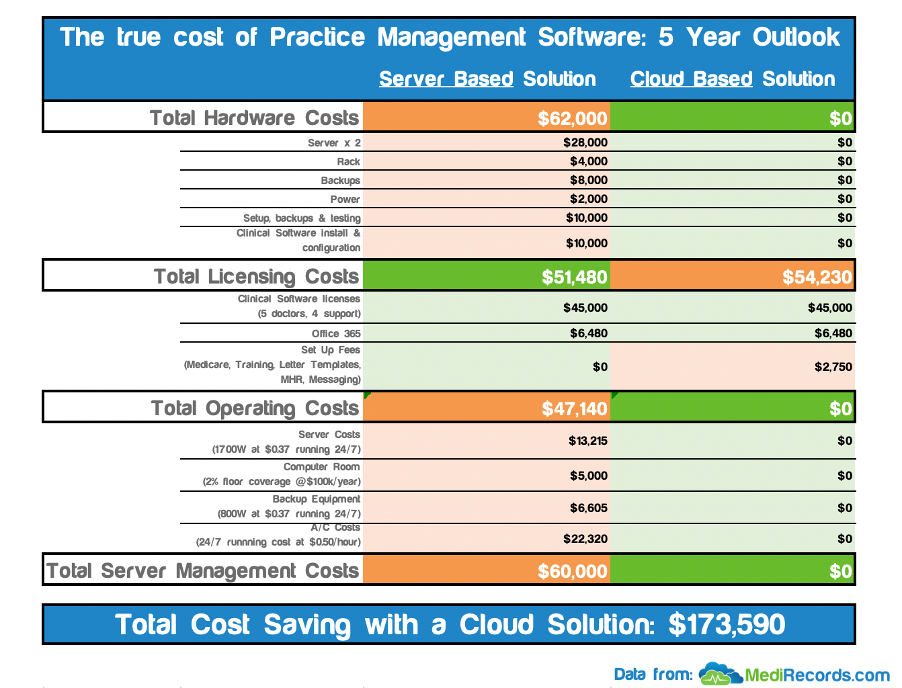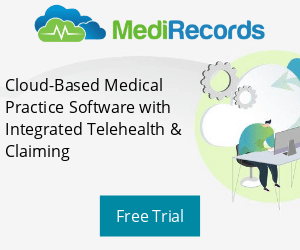Most practices rely on server-based IT technology, the unnecessary hidden costs of which are likely to surprise you.
Most practices rely on server-based IT technology, the unnecessary hidden costs of which are likely to surprise you.
When talking to clinicians and practice managers about either ‘the cloud’ or server hardware, I often get the same (lack of) reaction. The reality is that they just don’t have the time to worry about their practice’s IT set up most days. Unless, of course, it stops working.
This quickly changes when we start to examine some of the hidden costs.
What you get from your server
Servers have been incredibly useful pieces of technology. They have allowed GP, specialist and allied health practices to move away from physical patient records, host practice management software such as Best Practice or Medical Director, store documents and faxes digitally and run email services.
They are also expensive. That has been ok though; given the benefits they provide, the cost of buying, maintaining and running a server has been not only worthwhile, but essential to the modern practice. But that still doesn’t change the cost to the practice, which totals on average over $220,000 over five years.
That $220,000 figure doesn’t even cover additional hardware such as computers, monitors, routers and printers. Often this is the reason why the true cost of a server is unknown; when wrapped up together, it can be difficult and time consuming to breakdown what IT budget goes where. But when you take the time to do so, it becomes apparent that there is another, much more cost-effective option to running a server. Cloud computing.
But a server is essential, isn’t it?
It is when I show clinics the difference in cost of a cloud-based practice to a server-based practice that I start to get that reaction I mentioned earlier. For a five-clinician practice, the cost saving in Year One is estimated at $49,618. For Year Two onwards the annual cost savings are estimated at $30,618. Over a five-year period, the total estimated savings are $172,290. Not bad.
To illustrate the point, I often explain what this figure means in real terms. Assuming 20 consults/day billed at $70/ consult, each doctor could have an extra five days holiday per year. Alternatively, you could be reinvested that money to grow or improve the business, or, if you are so inclined, even buy 43,000+ takeaway coffees.
However you slice it, it is a significant saving for any practice. I am often asked why this saving is overlooked; usually it is because many practice owners will simply compare the cost of subscriptions between cloud and server-based practice management systems. In this respect the two are very similar, and the decision then comes down to staff familiarity with legacy software versus the security, reliability and mobility benefits of cloud services. These are all equally valid considerations when choosing the right software for a practice, but cost will always be an important consideration for any business.
To demonstrate the difference, I compared the two options below:

Whilst it is unlikely clinicians and practice managers will suddenly become fascinated by IT infrastructure budgeting, the cost benefits of using cloud-based practice management software should lead many practices to give the option a fresh look.
Factors such as staff familiarity, useability, security, reporting and 3rd party integrations are still just as important as always. However, as the experience provided by cloud providers has matured to match, and increasingly often improve on, traditional options such as Medical Director and Best Practice, the scales are continuing to tip towards cloud-based technology.



